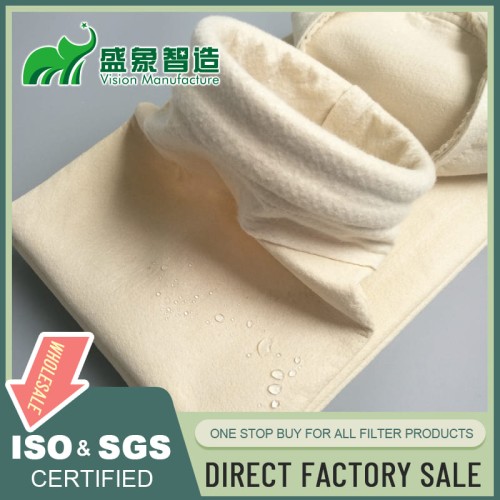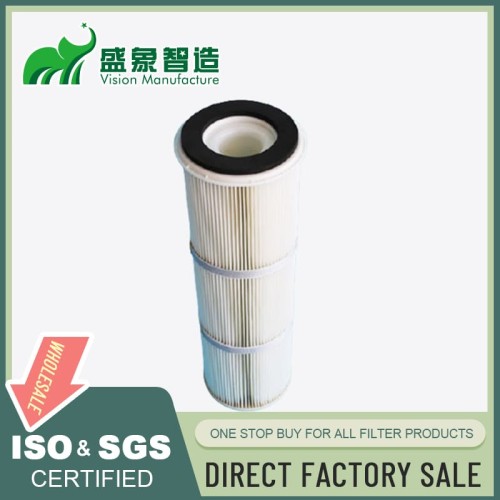
Application of Boiler Baghouse Dust Collector
The baghouse dust collector used in this project has been successfully operated for two heating periods, meeting all design requirements. The measured outlet dust concentration remains below 50mg/m³. The dust collector has never caused any operational issues for the boilers, and the emission standards have remained stable. The PLC automatic control system operates normally and follows the pre-set program. If any parameter exceeds the specified range, the PLC system promptly triggers an alarm and activates the bypass flue and bag.
Here are some application precautions to consider:
Pre-spraying of Filter Bags: Before starting and during long shutdowns, it is advisable to pre-spray the filter bags with a protective layer on their outer surface. This layer prevents fine dust from entering the filter cloth and clogging the pores, which can be challenging to clear. It also helps prevent tar substances from the oil fumes from blocking the filter bags when the boiler is ignited with oil.
Shutdown Maintenance: When the air box pulse filter is out of service for an extended period, proper maintenance measures should be taken to prevent the bags from becoming damp, compacted, or corroded. Close all inlet and outlet valves of the dust collector during shutdowns. Periodically open the valves to allow natural ventilation through the chimney for four hours, or use an electric heater for eight hours to remove moisture and maintain a dry environment inside the dust collector.
Filter Material Selection: Pay attention to the temperature resistance, acid resistance, and alkali resistance requirements when selecting filter materials. Currently, options for bag filters used in boilers include Leyden, glass fiber laminating, and other suitable materials.
Pulse Blowback: Utilize pulse blowback for dust removal, allowing for a higher air-to-cloth ratio, reducing the number of filter bags required, and minimizing the size of the dust collector.
Consider Compressed Air Pressure: Bag filters can be categorized as high pressure pulse type (0.5-0.8MPa), medium pressure pulse type (0.2-0.4MPa), or low-pressure pulse type (0.06-0.10MPa) based on the compressed air pressure used. The choice depends on specific operational requirements and should be determined accordingly.
Other factors to consider include the bypass flue, PLC control device, automatic ash hopper heating device, and the need for water spray or cold air cooling measures before the dust collector. Proper management of the discharge, storage, and transportation of the separated fine ash is crucial to avoid secondary pollution.
The pulse bag filter is a dry filtration device suitable for capturing fine, dry, non-fibrous dust particles. When the dust-laden gas enters the pulse bag filter under negative pressure from the induced draft fan, gravity causes some dust particles to settle in the hopper, while others are trapped on the filter bag as the gas passes through. After a specific cycle time, the air chamber valve plate of the dust collector closes, and the pulse valve opens, allowing compressed air to enter from the top, traveling through the blowing pipe and shrinking, expanding, and shrinking the filter sleeve. This action cleans the dust adhered to the outside of the filter bag, which then falls into the hopper. The powder is discharged through a screw conveyor and star discharger for concentrated recovery, resulting in purified gas.


